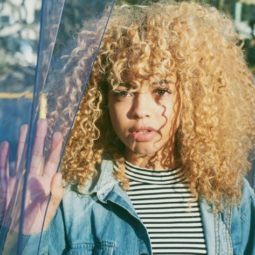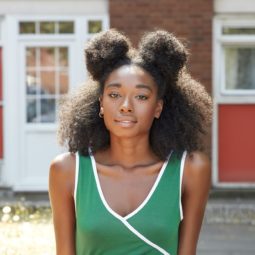
Love Yara Shahidi’s hair? Here’s everything you need to know about caring for African hair
Beginner-friendly tips for caring for natural afro hair.
There is so much information out there about how to look after natural African hair that it can be difficult to know where to begin.
But there’s good news: everything you need to know is right here in our simple yet comprehensive guide.
So, whether you’re transitioning, going for the big chop, or have been rocking your ‘fro forever, see our tips below that’ll help set you on your natural hair journey with confidence.
The essential guide to caring for natural afro hair

1. Know your hair type
It might sound a little odd, but do you know what your type your natural hair is? The only way to pick the right products and build a regime that’s most beneficial to you is to first figure out your curl type. If you’re not too sure, figure it out simply by taking a close look at the texture of your hair and seeing which of the following descriptions sounds most like your hair.
Type 1:
If you have a naturally straight mane, like Kendall Jenner and Jennifer Aniston, then you are type 1. It’s the most resilient of all hair types, so count yourself lucky.
Type 2:
2A, 2B and 2C refer to wavy to loose, curly textures (the letters indicate the level of curliness: A being the least curly, and C being the most curly). Natalie Dormer and Charli XCX’s wavy locks are great examples of this.
Type 3:
Do your curls resemble Lorde‘s locks or Kelis’ kinks? If the answer’s yes, you’ll probably fit into 3A, 3B or 3C.
Type 4:
This is the most fragile of all hair types and, as a result, is more susceptible to damage. But don’t despair if your texture is 4A, 4B or 4C. This doesn’t mean you can’t have beautiful hair. Poster girls Lianne la Havas and Lupita Nyong’o are proof of this!
Still not sure which curl category you fall into? We go into the differences between each type in more detail in our hair type quiz.
2. Use the right products
Walking down the natural hair care aisle can be a daunting prospect, especially if you’ve just transitioned. And while no two curls, coils or kinks are the same, for most naturalistas, the biggest focus is on increasing and maintaining hydration. So, when it comes to natural hair, wash with shampoos that’ll cleanse without stripping your hair of moisture, like the TRESemmé Botanique Hemp Hydration Shampoo.
Co-washing (also referred to as the no-poo technique) is really popular among the natural afro hair community too. We’d recommend trying something like the Love Beauty And Planet Happy & Hydrated Gentle Cleansing Conditioner which is sulphate free and moisturises and cleanses in one.
Check more on co-washing.
Conditioning is a non-negotiable for naturalistas, so be sure to follow up with a nourishing wash-out conditioner or mask (we rate the TRESemmé Botanique Nourish & Replenish Mask which is enriched with coconut milk and aloe vera). For ultra dry hair, you can take this one step further by applying a cream or spray leave in for all-day hydration.
Read next: Leave-ins for hair that needs a helping hand
Love making up fun potions at home? There are also hundreds of natural hair remedies that you can DIY, like overnight coconut oil treatments and other natural ingredients for hair such as apple cider vinegar rinses, which can make a real difference to your hair.
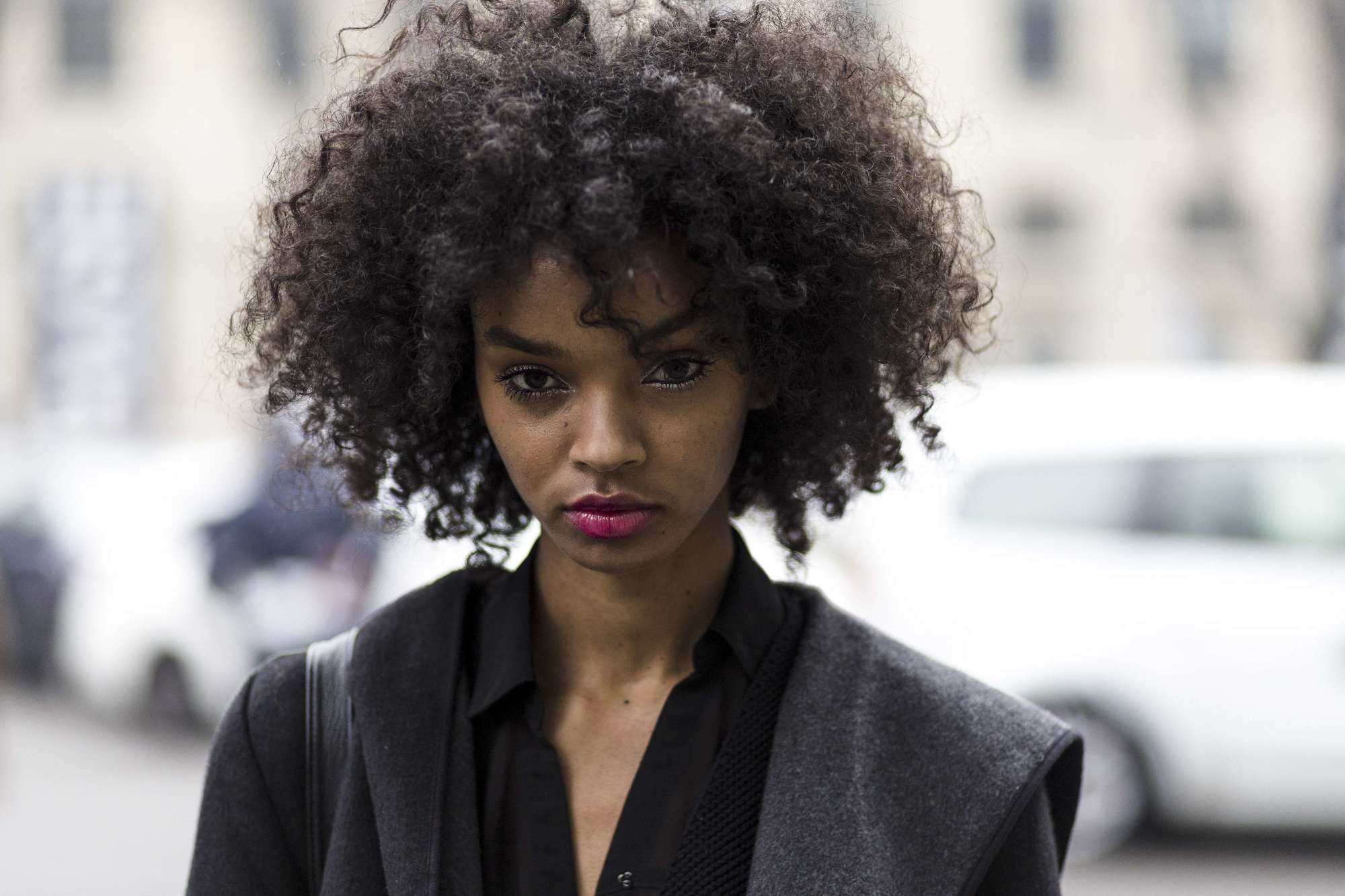
3. Follow the LOC method
If you’ve never heard of the LOC method (or the LOCO or LCO method), we’re about to change up your whole hair regime forever. The letters LOC stand for liquid/leave in, oil and cream and it’s an invaluable technique used by naturalistas looking to add more moisture to their manes.
After washing your hair first use a liquid (water or a leave-in conditioner), then an oil before ‘locking’ all of that moisture in with a creamy hair moisturiser or butter.
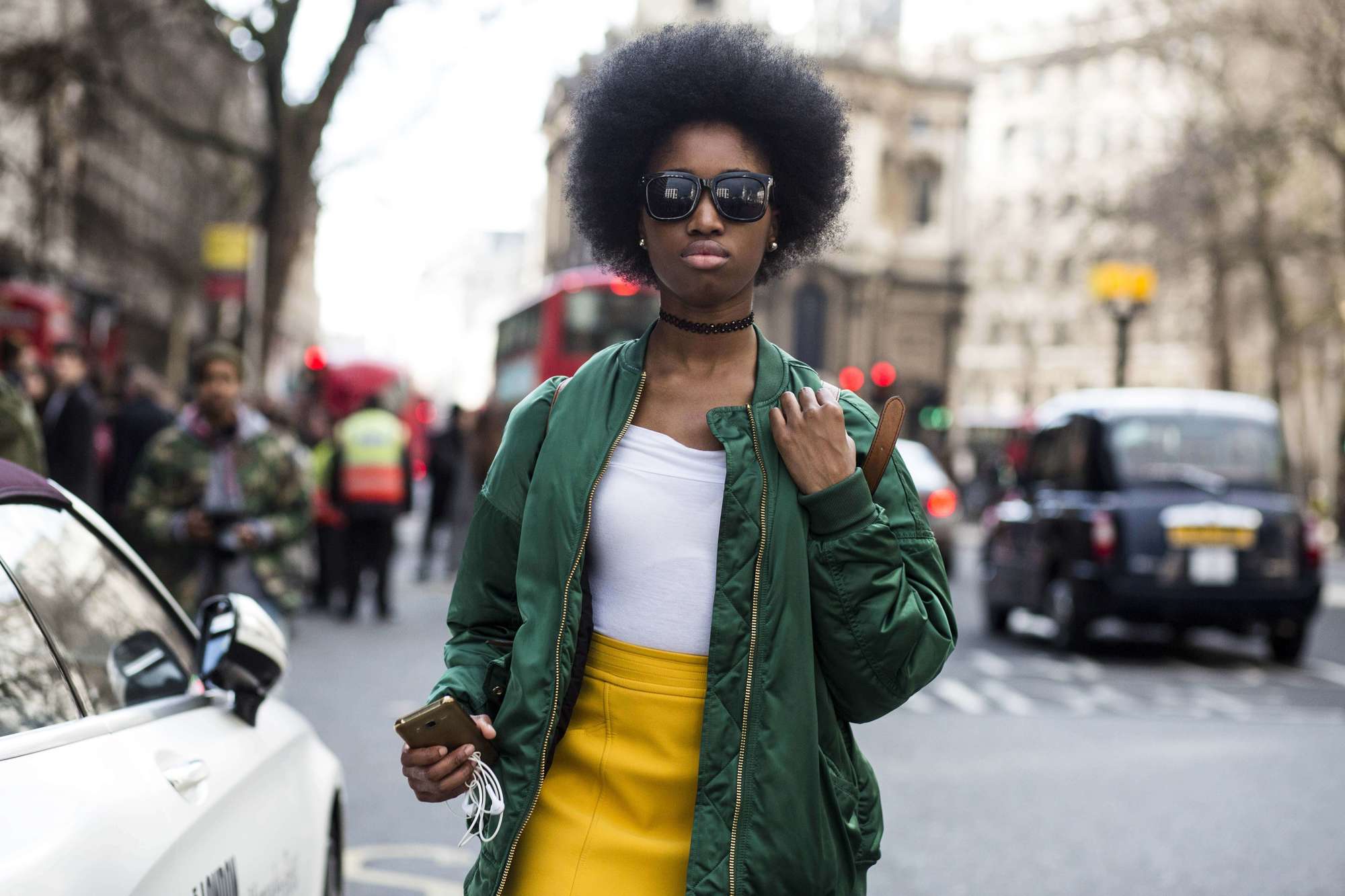
4. Don’t overthink your hair growth
It’s easier said than done, but try not to get too obsessed with growth. Due to the shrinkage of natural hair, length isn’t always obvious. So before you start to panic about your hair growth (or lack of) or if it seems to be plateauing, you might want to reassess if what you’re really concerned about is length retention. Twist-outs and heat (used sparingly) can help manage this, but as always you should head to your doctor if you have any serious concerns.
We know it’s tempting to avoid letting anyone come near you with the scissors when you’re trying to grow your hair but regular trims are important for preventing breakage and tangles.
5. Wear protective hairstyles during the week
Wearing protective hairstyles during the week can really help cut down on styling time in the mornings. For those of you who are a little confused by the term ‘protective’, let us first explain that these ‘dos are hairstyles that keep the ends of your hair safely tucked away and require little manipulation. We suggest opting for long-term styles like twists, cornrows or basic braids, because you can wear them from Mon-Fri with minimal hassle.
Here’s 8 lush low manipulation hairstyles you’ll want to try out immediately.
Editor’s tip: Want to keep your mane looking fresh while it’s in a protective hairstyle? Then why not try wrapping a silk scarf around your hair before going to bed? Silk won’t absorb as much moisture from your hair, and thanks to its smooth surface, it won’t cause as much frizz-inducing friction as cotton does.
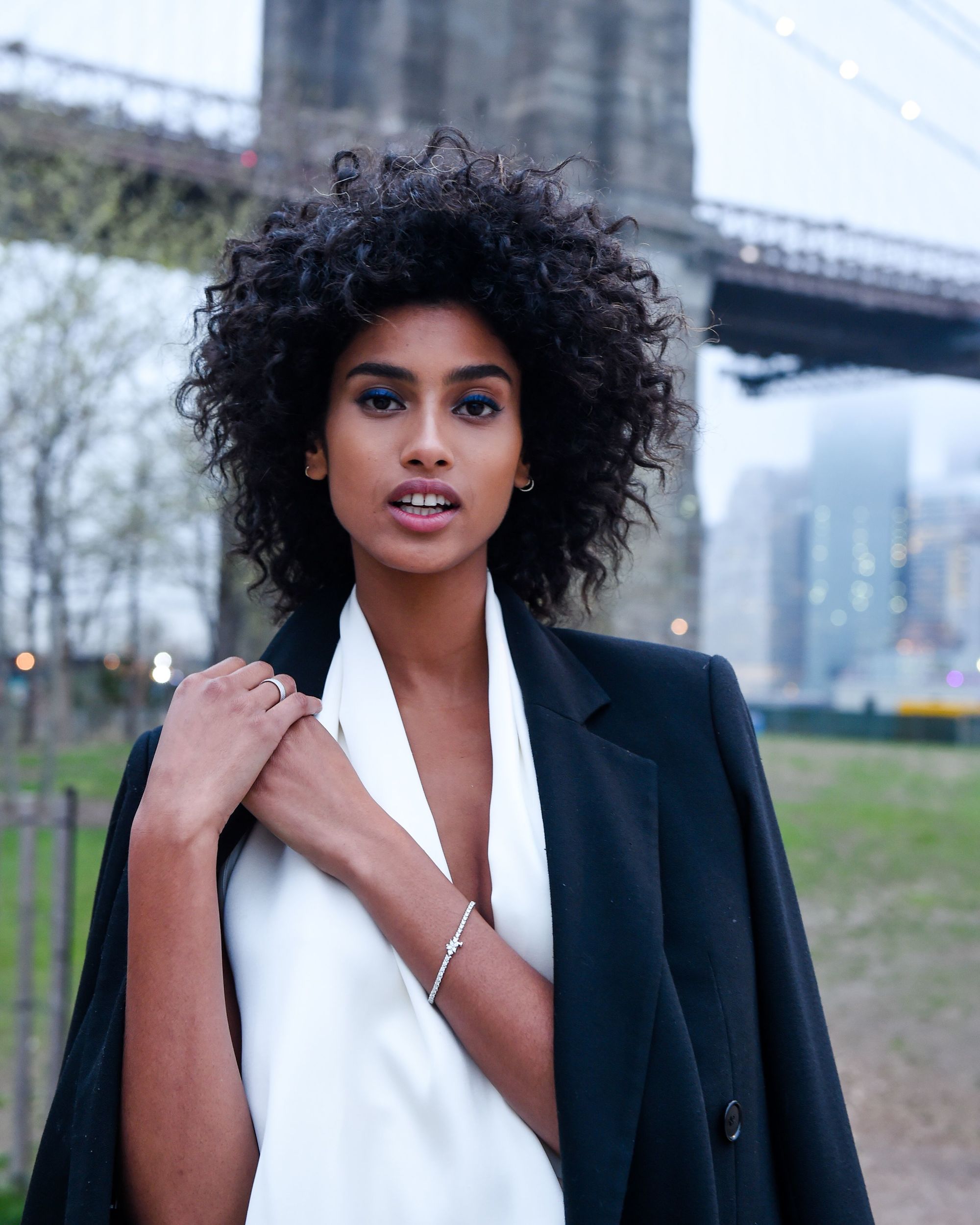
6. Find heat-free ways to create your favourite styles
Following on from what we’ve just said about the benefits of wearing long-term, protective hairstyles, there’s actually another major benefit to rocking hairstyles like two-strand twists, or braids that you may not have even realised!
These hairstyles require very little manipulation and can be worn for a few days. Then, at the end of the week (or, as we like to call it: ‘fro Friday!), you can undo the braids to reveal a beautiful twist-out or braid-out. Et voila: perfectly defined curls without having to use a curling wand, therefore avoiding heat damaged natural hair, can we get a “hell yeah!”?
Up next: Try a braid-out with the help of our tutorial
